Dominoes - Match & strategize with dominoes
Strategize, match, and dominate in this classic tile-matching game.
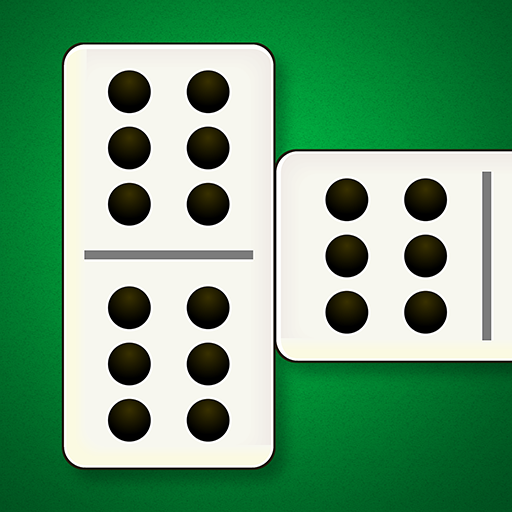
- 1.8.5.036 Version
- 3.5 Score
- 10M+ Downloads
- In-game purchases License
- 3+ Content Rating
Originally originating in China in the 12th century, Dominoes has gained worldwide recognition as a popular board game. Now, you can enjoy playing it on your mobile devices! Our version of Dominoes offers a strategic gaming experience that can help improve logical thinking and memory skills.
With our Dominoes app, players can choose from three different game modes:
- Dominoes All Fives
- Block Dominoes
- Draw Dominoes
Do not waste time any longer - simply download Dominoes now and start having fun with these exciting features:
- Easy gameplay for maximum enjoyment
- Stunning graphics and animations
- User-friendly interface
- Three diverse domino modes to explore: All Fives, Block Dominoes, and Draw Dominoes
- Multiple difficulty levels
- Varied scoring options for each game mode
- Customizable points and starting hand settings
- Option to display remaining tiles post-game
- Personalize backgrounds and domino tiles
- Winning Tips: Avoid drawing excessive new dominos; focus on clearing your tiles to secure victory!
Remember, practice is key to dominating in Dominoes!
DOMINO RULES

ABOUT YOUR DOUBLE 6 DOMINO SET
The set consists of 28 dominoes. There are 7 doubles (same number on both ends from double blank to double six) and 21 singles (different numbers on both ends or a number and a blank).
FUNDAMENTALS OF DOMINOES
There are countless different domino games and within each game, there are many variations of play available. The purpose of this set of rules is to get you started with a few simple and popular games. Later, we'll give you reference information for finding many other games you would enjoy.
One of the wonderful things about dominoes is that anyone can learn the basics very quickly, but as you play and progress, you will find many additional levels of the game and as your experience and skills develop, you will become a more and more formidable player. Get started with these simple games and you will find yourself getting smarter every time you play. Dominoes is a good game for your brain.
NUMBER OF PLAYERS
Two to Four people can play the games we'll show you here. If Four are playing, each person can play individually or you can group into two teams.
MATCHING
The basis of most domino games is to lay down a domino next to another domino so that the numbers (or blanks) on adjacent dominoes match each other.
The first domino played is call the "set". It could be anything, but here is an example

Singles dominoes are placed on the table making a line of play.

Double dominoes are played across the line of play

TURNING FOR CONVENIENCE
Although you normally play in a line, if you run out of table space, you can play a domino at a 90 degree angle to give yourself more room.
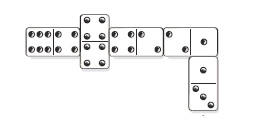
And then further play continues in a linear fashion from either end.

WHO DRAWS FIRST? WHO PLAYS FIRST
There are variations, but here is a starting point: Turn the dominoes upside down on the table and mix them around. Then have each player draw one domino. The player who draws the highest domino (based on total number of dots) will draw first and also make the first play of the game.
Now return those dominoes to the table and mix them again. Now draw the dominoes for the playing of the hand. The person who won the right to play first draws first. Each player may draw all the dominoes for the hand or you can go around the table with each player drawing one domino until all have the dominoes needed to start play.
Each player places the dominoes on their side with the back facing the other players so they cannot see which dominoes their opponents are holding.
THE PLAY
Each player in turn lays down a single domino according to the rules of the game being played. Play proceeds clockwise around the table. If a player has a playable domino, he must play it when his turn comes. You cannot hold back a playable domino for strategic reasons.
GAME #1: BLOCK
This is the simplest domino game.
Numbers of players: 2 to 4
The Objective: Get rid of all the dominoes in your hand
The Set-Up:
After the shuffle, with two players, each player draws seven dominoes. With three or four players, each player draws 5 dominoes. The remaining dominoes stay face down on the table and are available to be drawn by each player during play. (These remaining dominoes are called the boneyard.)
The objective is simply to get rid of all the dominoes you hold. Whoever does this first wins the hand. At the same time, each player tries to block the other player so he cannot make a play.
The Play:
Players take turns going first in each game. When a player is first, he may place any of his dominoes face up on the table to start play. The first domino played is called the "set".
After the set, each domino must be placed next to a matching domino. Singles must be played end-to-end. Doubles must cross singles. Plays can be made on either end of a single domino and on both sides of a double domino, but not on the ends of a double.
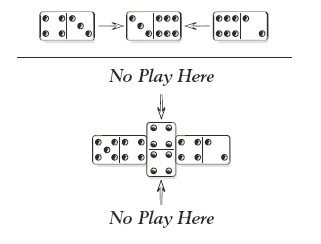
If a player does not have a play, he is blocked and he passes that turn. He may not draw from the boneyard. Play continues around the table until...
Ending the Game, Scoring:
...one player places his last domino. At that time, he calls "domino." The other players turn up all the dominoes remaining in their hands and count the dots. The total of the dots on the unplayed dominoes of the other players is the score of the winning player for that hand.
-OR-
All players still have dominoes in their hands, but none of them can make any play. When this happens, all players turn their dominoes face up and count the total number of dots. The player with the lowest number of dots wins the hand and receives a score equal to the total number of dots on his opponents' unplayed dominoes. (Scoring variation…Winning players score is equal to the total number of dots on his opponents' unplayed dominoes minus the number of dots on the dominoes he is holding at the end of the game) Breaking a tie: In case of a tie, the player holding the single domino with the lowest total count is the winner.
Winning the Game:
With each hand, you accumulate points. Before you start, and depending on how long you want to play, set a number (say 100 or 200) and the first player to reach that total score wins the game.
GAME #2: DRAW
This is a little more sophisticated version of "Block." Everything is the same except when a player cannot place a domino, he must draw dominoes from the boneyard until he gets one that he can play. All the rest of the game remains the same. The limitation here is that in a 2-player game, the last two dominoes in the boneyard may not be drawn and in a 4-player game, the very last domino in the boneyard may not be drawn.
The play, ending the game and scoring are all the same as in "Block"
Some simple strategy notes for Block and Draw:
Look at the dominoes you hold and try to play them in such a way as to set yourself up for plays on your next turn. If you have lots of 2s, try to play a 2 so you will be able to match it the next time around (if someone else doesn't get to it first).
Since you know all the dominoes in the double 6 set, you can deduce what dominoes your opponents might be holding by observing which dominoes have been played and which you hold in your hand.
Winning the Game:
Before you start, and depending on how long you want to play, set a number (say 100 or 200) and the first player to reach that score wins the game.
GAME #3: MUGGINS
This is a simple game in which you can score points every time you play a domino.
Number of players: 2, 3, or 4 may play. If 4 are playing, each may play individually, or you may create two teams of two players each.
The Objective: To outscore your opponents. You score by adding up the count of dominoes at the ends of the layout after each play. (explained below)
The Set-Up:
Turn all dominoes face down and mix them. Each player draws 5 dominoes and sets them up so the others cannot see them.
The Play:
As in the "Block" game above, dominoes must be played so their ends match. Dominoes are laid end to end except doubles which are laid across the line of play. As in "block", you cannot play on the ends of a double once it is placed. Play proceeds clockwise around the table.
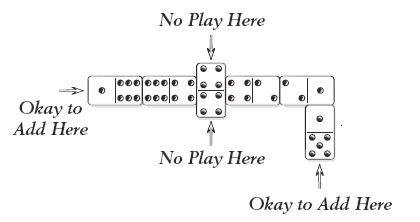
How to score:
In Muggins, you can score each time a domino is placed as well as at the end of the game. The object is for the open ends of the dominoes to be a multiple of 5. For each multiple of 5, you score one point.
Here are some examples:

Open ends are 1 and 4, count is 5, score one point

Count both ends of the double 6. Open ends are 6, 6 and 3, count is 15, score is 3 points. (Also note above that the open ends of the double 5 are not counted. A double is only counted when it is on the end of the line of play.)
Counting the score after each play:
When a player makes a score after placing a domino, a scorekeeper notes the score at that time. The running score can also be kept on a counter or cribbage board.
Drawing from the boneyard:
If a player cannot place a domino, he draws from the boneyard until he can make a play. In a two-person game, all but two of the dominoes in the boneyard may be drawn In a three or four-person game, all but one of the dominoes in the boneyard may be drawn.
Ending the hand:
The first player to use all his tiles calls "domino" and this ends the hand. If no player can play his last domino and the boneyard has been depleted down to one or two dominoes (see "drawing from the boneyard" above), the hand is over.
Scoring:
At the end of the hand When the hand is over, the player (or team) with the lowest number of dots on their remaining dominoes receives additional points based on the number of dots in the opponents hands.
For every multiple of 5 dots in the opponents hands, the winner receives one point. For a count of 1 or 2 above a multiple of 5, there is no additional score. For a count of 3 or 4 above a multiple of 5, round up to the nearest 5.
For example...
Opponents dot count is 5, score 1
Opponents dot count is 7, score 1
Opponents dot count is 8, score 2
Opponents dot count is 12, score 2
Opponents dot count is 18, score 4
Ending the game, winning:
Keep playing the hands until one player or team has 61 points. That ends the game. Want to play longer? You can set the game ending score at 100 or 200 or whatever you would like.
Variations on Muggins
Variation #1
In the basic game, you cannot make plays off the ends of doubles, but only off the sides. In this variation, you are allowed to play off the ends of the first double that is played.
Variation #2
If a player places a domino that would result in a score (a multiple of 5 on the ends of the dominoes played), but does not realize it, then another player can call "Muggins" and will receive that score.
GAME #4: FIVE-UP OR ALL FIVES
This game originated on the West Coast and is played widely and in tournaments there, but is also well known across the country.
Number of Players: Like Muggins, it can be played with 2, 3, or 4 players. If played by 4, each can play individually, or you can create two teams.
The Objective: Outscore your opponents. As in Muggins, you score by adding up the count of dominoes at the ends of the layout after each domino is played.
The Set Up:
Each player starts with 5 dominoes. See above regarding "Who Draws First, Who Plays First."
The Play:
The primary difference between Five-Up and Muggins is that the rules for placing of the dominoes are somewhat expanded from the previous games.
As explained above, dominoes are played in a linear fashion with the number of dots matching the adjacent domino.

Count is 4 + 6 = 10 Score 2 points
Doubles are played at a 90 degree angle to the line of play.

Count is 4 + 2 = 6 No score since not a multiple of 5
Each end of a single domino may be played on only once, and then the numbers on that domino are "cut off" for scoring purposes. Only score based on the dots at the ends of the line of play.

Count is 3 + 4 = 7 No score since not a multiple of 5
A double may be played on both sides and both ends before it is cut off
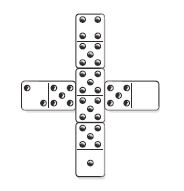
The original 5-5 is cut off. The count is 2 + 4 + 1 + 0 = 7 (no score since not a multiple of 5)
After a double is played on in this way, you can continue to build along the new line of play. This creates many more possibilities for play.
Scoring is the same as in Muggins. Count the open ends of the dominoes that have been placed. If the count is a multiple of 5, divide by 5 and that is your score. Here is an example.

Open ends are 6 +5 + 4+ 0 = 15 Score 3 points.
Ending the Game, Winning:
The game ends when any player places his last domino. At that point, that player (or team) adds to its score based on the number of dots on the dominoes in the opponents' hands. (when playing in teams, you do not add the number of dots remaining in your teammate's hand) Here are the rules for this process. For every multiple of 5 dots in the opponents hands, the winner receives one point. For a count of 1 or 2 above a multiple of 5, there is no additional score. For a count of 3 or 4 above a multiple of 5, round up to the nearest 5.
For example...
Opponents dot count is 5, score 1
Opponents dot count is 7, score 1
Opponents dot count is 8, score 2
Opponents dot count is 12, score 2
Opponents dot count is 18, score 4
If the game is blocked (all players still have dominoes, but nobody can make a play), the game ends and the player (or team) with the lowest number of dots on the dominoes held collects points (based on the formula above) based on the dominoes in the opponents hands.
Game is over when one player or team reaches a total of 61 points.
BEYOND THE BASICS
Here are some thoughts and resources for your further consideration.
The very best writer on dominoes and domino strategy we have ever known is Dominic C. Armanino. Unfortunately, all the books he wrote are out of print, but you can still obtain some of them through Amazon. His classic is called "Dominoes...Five-Up and Other Games Including Official Rules and Odds." This book explains the Five-Up game beautifully and in detail and then walks you through many strategic considerations that will help you to be a better player. It was published in paperback under the Tartan Imprint and by David McKay Company. If you are into this game, you'll enjoy these books. Another good title from him is "Popular Domino Games" published by Van Rees.While not as extensive, it does give clear instructions for a number of good domino games.
The most extensive book containing the rules of many domino games is called "The Great Book of Domino Games" by Jennifer A. Kelley. The good thing about this book is that it is in print and you can get it on Amazon. If you want to expand the range of games you know how to play, this book is a good choice. It will give you the basics of many games.
SUGGESTIONS AND IDEAS?
These rules were put together as best we could from the information we could find. We may have missed something, and if we did, we hope you'll tell us about it. For corrections or useful additions, send us a letter or use our contact page and we'll keep making these instructions better based on your thoughts.
Enjoy Your dominoes!

Tips to Play Dominoes like a pro.
Dominoes is an amazing game. It can be played and enjoyed by both adults and children , and it's a great option for a game night at home. To get good at the game and increase your chances of winning, you'll need to know these tips and tricks!
There are several tips and strategies you can use to improve your chances of success. All of them can give you an edge over your opponents the more you use them during the game.
1. Play your doubles early.
It is advisable to play doubles from the beginning. There are usually fewer opportunities to play them since they have the same suit values on both sides. Do this from the beginning to avoid getting stuck with just doubles.
2. Play your heaviest tiles first.
It's impossible to know for sure who will win the game in the end, so it's best to play your heaviest pieces early. That way, if the round gets stuck, you won't end up with a higher score than your opponents.
3. Keep a variety of clubs on hand.
It is essential to keep as many different suits in your hand as you can. This is the best way to keep your playing options open and prevent you from having to pass on a turn if you cannot make a play.
4. Pay attention to your opponents' weak points.
Look at the values of the suits they are missing when they are forced to check on a play or draw from the pile. Pay close attention to the layout and the tiles that have been played, as well as the ones you have in your hand. This strategy will help you determine the possible tiles your opponents have, making it easier to block their next moves.
5. Pay attention to the chip count.
It is important to take into account all the open ends on the board. For example, in the game of five, points are scored when the board count equals a multiple of five.
6. Find out how to alter the board.
Evaluate the tiles in your hand and change the layout of the board by calculating the difference between the suit values on each side. For example, if there is a three and a five on each end, the board count will change by a value of 2. Increase the board count by connecting the lower suit to the open end. Or, reduce the number of points by combining the higher suit with the open end.
7. Use blocking strategies whenever possible.
When your chances of scoring points start to dwindle, use as many blocking strategies as possible near the end. Preventing your opponents from scoring points is just as important in the game of dominoes as scoring them yourself.
8. Use mathematical calculations to determine possible hands.
Understanding the mathematical principles involved in the game (to determine your chances of choosing double tiles) can give you an advantage. For example, out of a total of 55 double nine tiles, ten can be doubles, including the double blanks. The odds of choosing a double when choosing a single tile are 10/55 or approximately 18%.
9. Use the blank tiles to your advantage.
Blank tiles can be used as a "wild card". They can be attached to any tile regardless of number, even to other blank tiles. It is better to play a blank tile than to play none at all.
10. Try to get as many points as possible at the beginning of the game.
The first player to reach 100 points is the winner. The goal is to try to get as many points as possible as quickly as possible. This will help increase your chances of winning in the end.
- Version1.8.5.036
- UpdateSep 02, 2024
- DeveloperAged Studio Limited
- CategoryBoard & Casino
- Requires AndroidAndroid 5.1+
- Downloads10M+
- Package Namecom.agedstudio.board.game.dominoes
- Signature0e5b384a7cf851ba656908642e194f15
- Available on
- ReportFlag as inappropriate
-
NameSizeDownload
-
71.66 MB
-
70.59 MB
-
48.16 MB


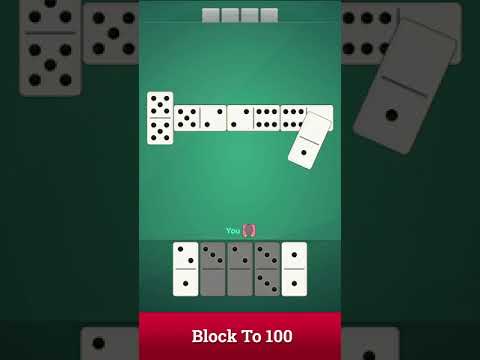
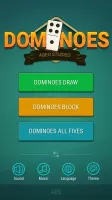
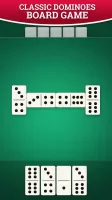

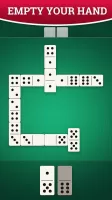



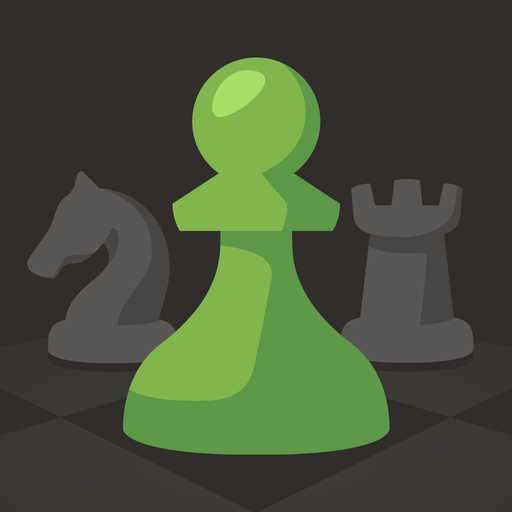
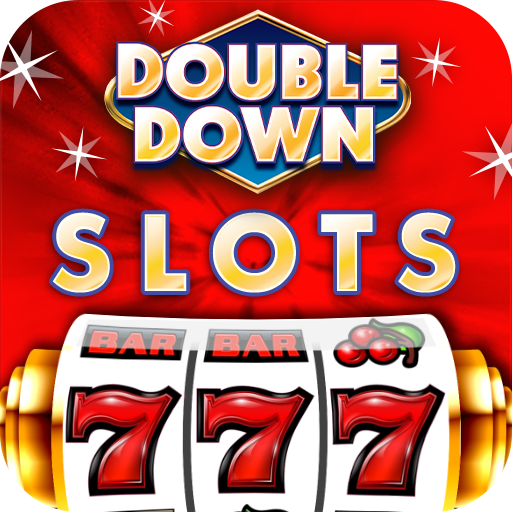

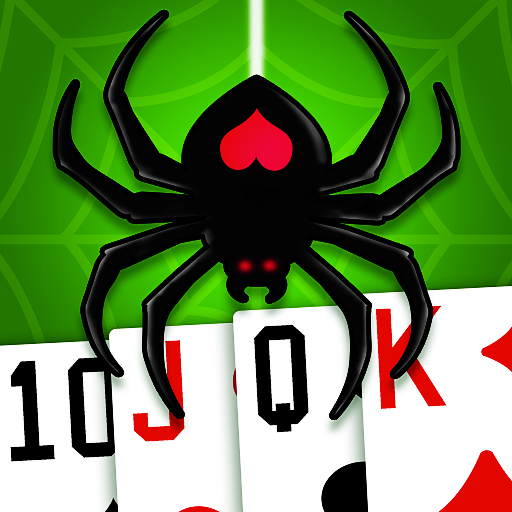
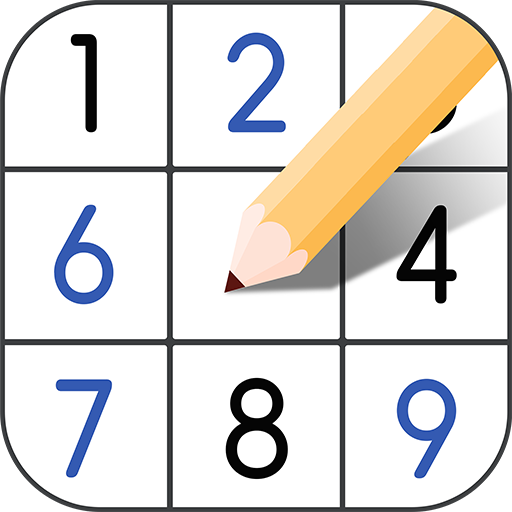
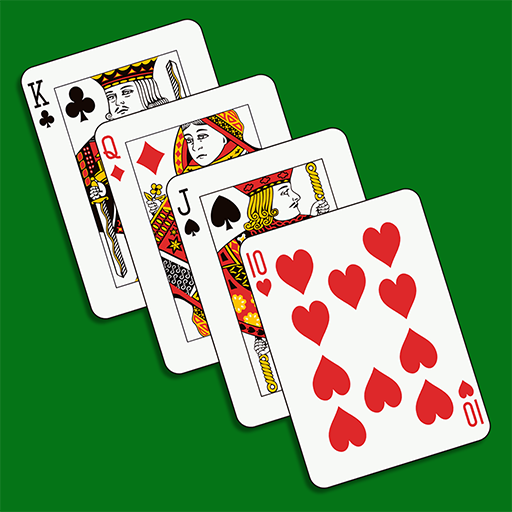
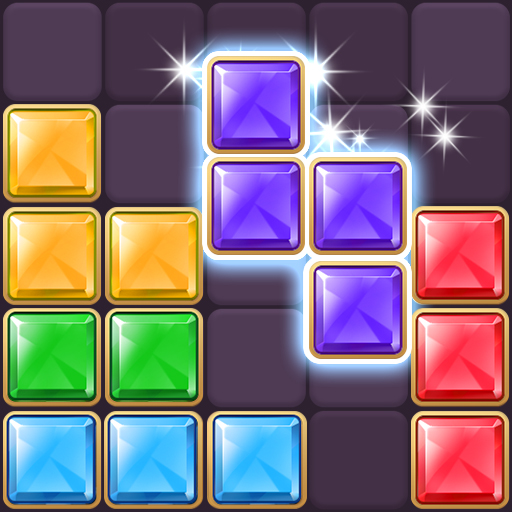




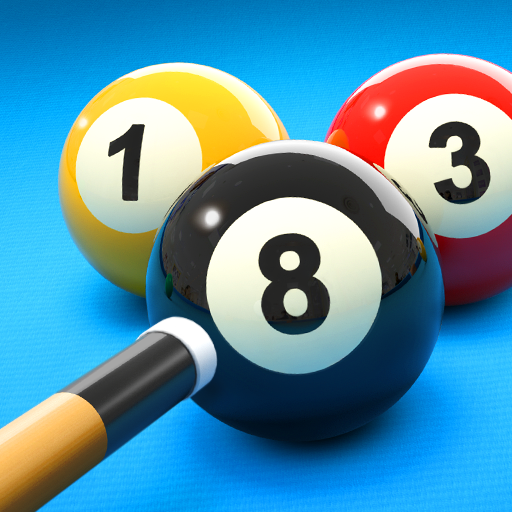








good graphics
too easy
relaxing game of dominos without annoying interuptions
very odd way of playing dominoes
dominos are overlapping
really hard to place a bone
optional tutorial suggested